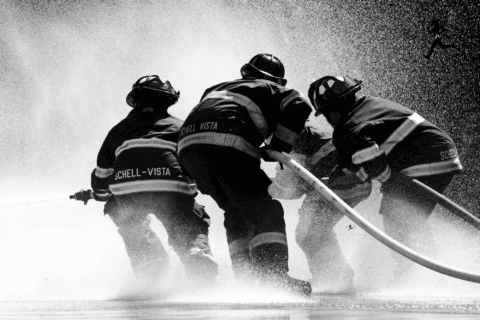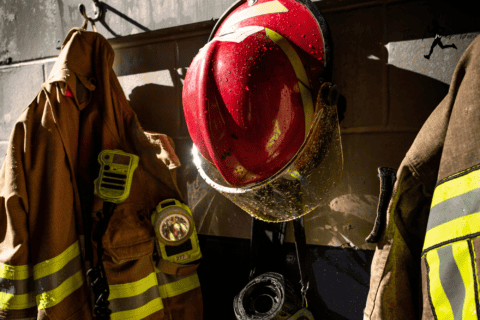Firefighters play a critical role in public safety, engaging not only in fire suppression but also in various types of rescue operations, emergency medical services, and disaster response. However, their work is inherently fraught with risks, including but not limited to burns, smoke inhalation, physical strain, and mental stress. The physicality and unpredictability of their job expose them to a range of potential injuries that can have both immediate and long-term consequences.
The Importance of Occupational Medicine in Addressing These Risks
Occupational medicine serves as a vital resource in safeguarding the well-being of firefighters. From preventive measures like health screenings and vaccinations to diagnostics, treatment, and return-to-work plans, occupational medicine professionals can provide specialized care tailored to the unique demands of firefighting. By working closely with fire departments, they can help minimize risks, improve treatment outcomes, and enhance the overall quality of life for these brave public servants.
Statistics on Firefighting Injuries
Statistics show that firefighting is one of the most hazardous professions in terms of injuries per worker. According to the National Fire Protection Association (NFPA), approximately 60,750 firefighter injuries occurred in the United States alone in a recent year. These numbers emphasize the inherent risks involved with firefighting activities and underscore the need for effective prevention and treatment strategies.

Most Common Firefighter Injuries
Hazardous Exposure
Firefighters are routinely exposed to hazardous materials, including toxic smoke, chemicals, and asbestos, putting them at risk for various long-term health issues such as respiratory problems and certain types of cancer. Adequate protective gear and post-exposure screenings are crucial for minimizing these risks.
Overexertion
Given the physically demanding nature of their job, firefighters are prone to overexertion injuries, including sprains, strains, and muscle tears. These injuries can result from lifting heavy equipment, forcible entry during rescues, or simply the rigors of firefighting itself.
Slip or Trip
Uneven terrain, obstacles, and low-visibility conditions contribute to a higher risk of slips, trips, and falls for firefighters. While these might seem less severe compared to other injuries, they can lead to fractures, sprains, and chronic pain issues that can be debilitating in the long run.
Cuts and Lacerations
Firefighting often involves the use of sharp tools and equipment, leading to a risk of cuts and lacerations. Immediate first aid is essential for these injuries to prevent infection and promote healing. This involves proper cleaning, dressing, and, in more severe cases, stitches or surgical intervention.
Mental Health Concerns
In addition to the physical toll, firefighting can have significant mental health implications. Firefighters are at higher risk for conditions like Post-Traumatic Stress Disorder (PTSD) and occupational stress due to the traumatic events they witness and the high-stakes decisions they have to make. Providing mental health resources and encouraging open conversations about these issues are crucial steps in addressing this often-overlooked aspect of firefighting.

Conclusion
The work of firefighters is as heroic as it is hazardous, making it essential to address the unique health challenges they face on the job. Occupational medicine plays a crucial role in this endeavor, offering preventive, diagnostic, and treatment solutions tailored to the needs of these brave individuals. From managing the risks of hazardous exposure and physical overexertion to providing mental health support, occupational medicine serves as a comprehensive resource to ensure the well-being and longevity of firefighters.
As the statistics and common injury types illustrate, there’s no room for complacency when it comes to safeguarding those who risk their lives for public safety. Fire departments and medical professionals must work hand in hand to implement effective health protocols, paving the way for a safer, healthier work environment for firefighters.
Contact WorkSafe to find out how we can help your company today!
Working to keep you safe, healthy, and productive,

